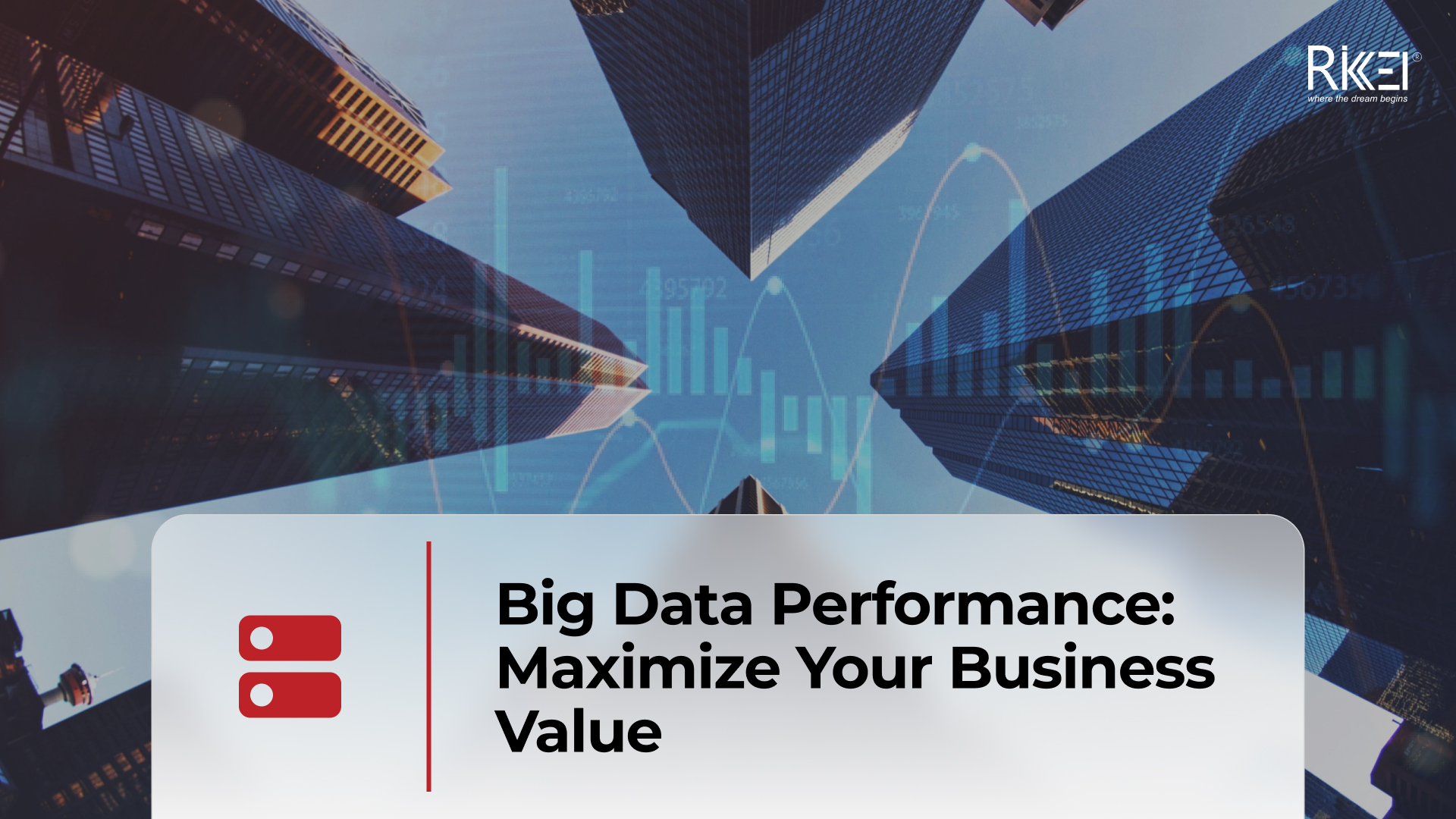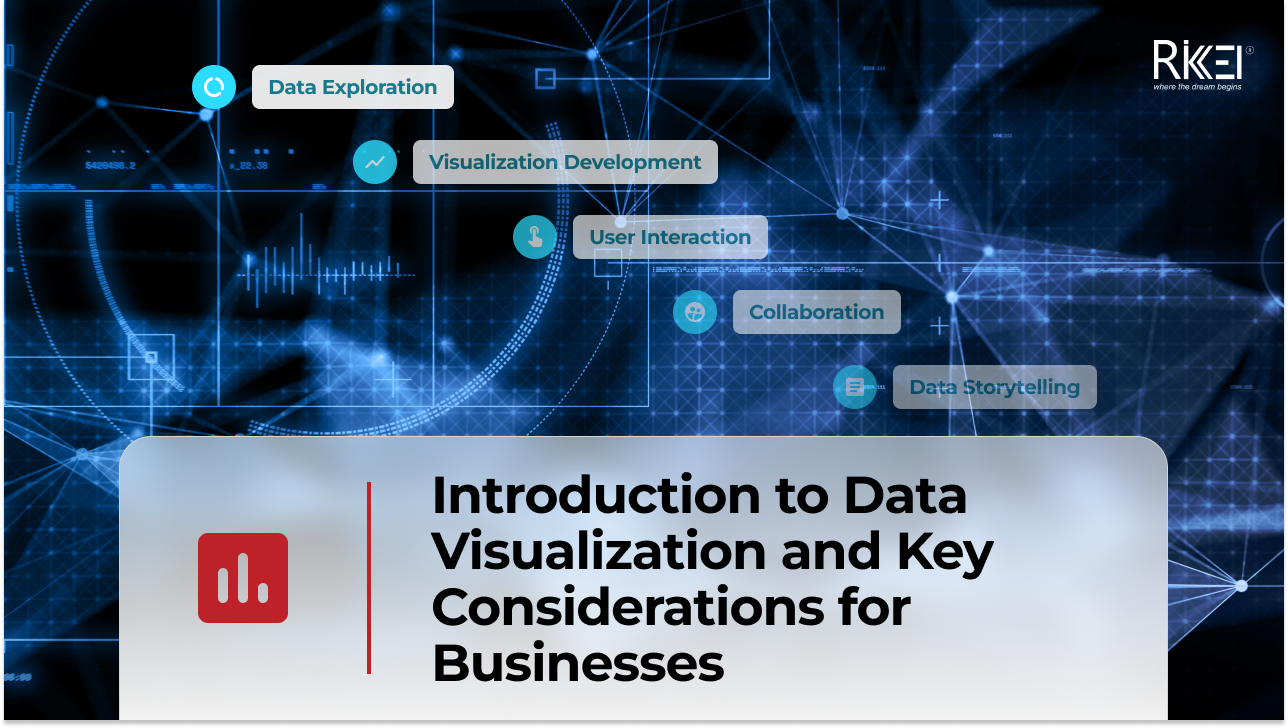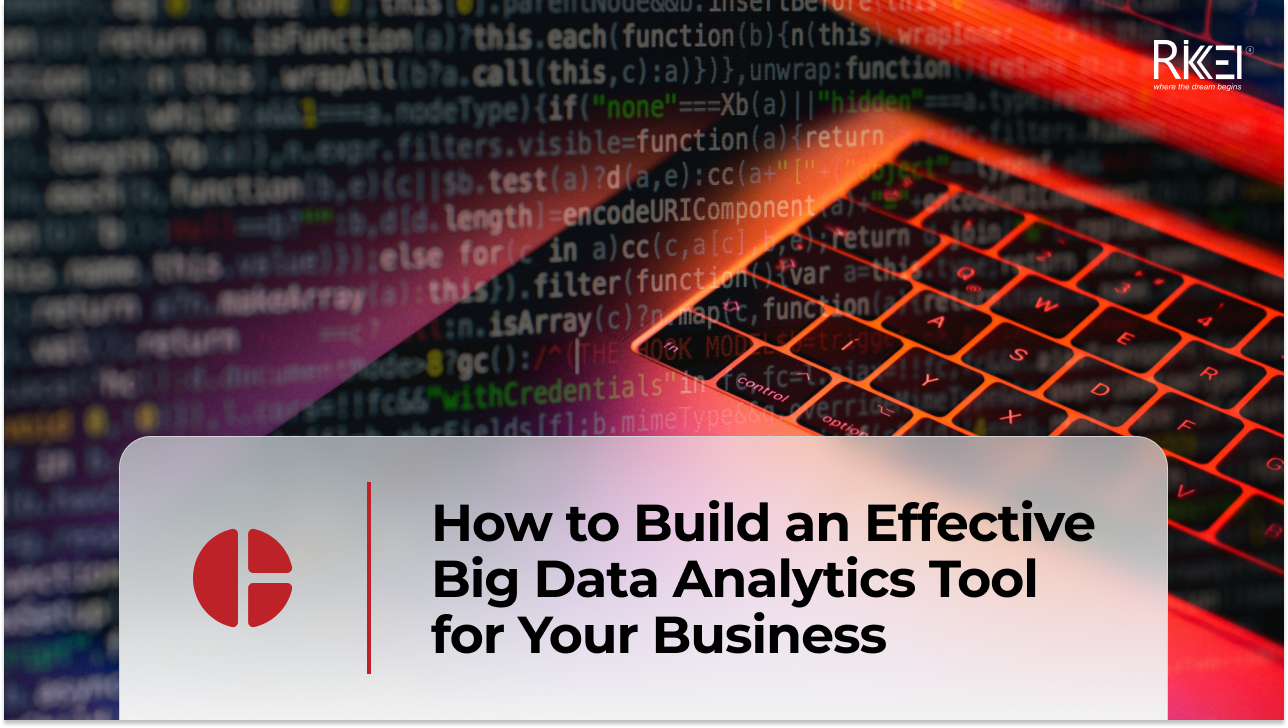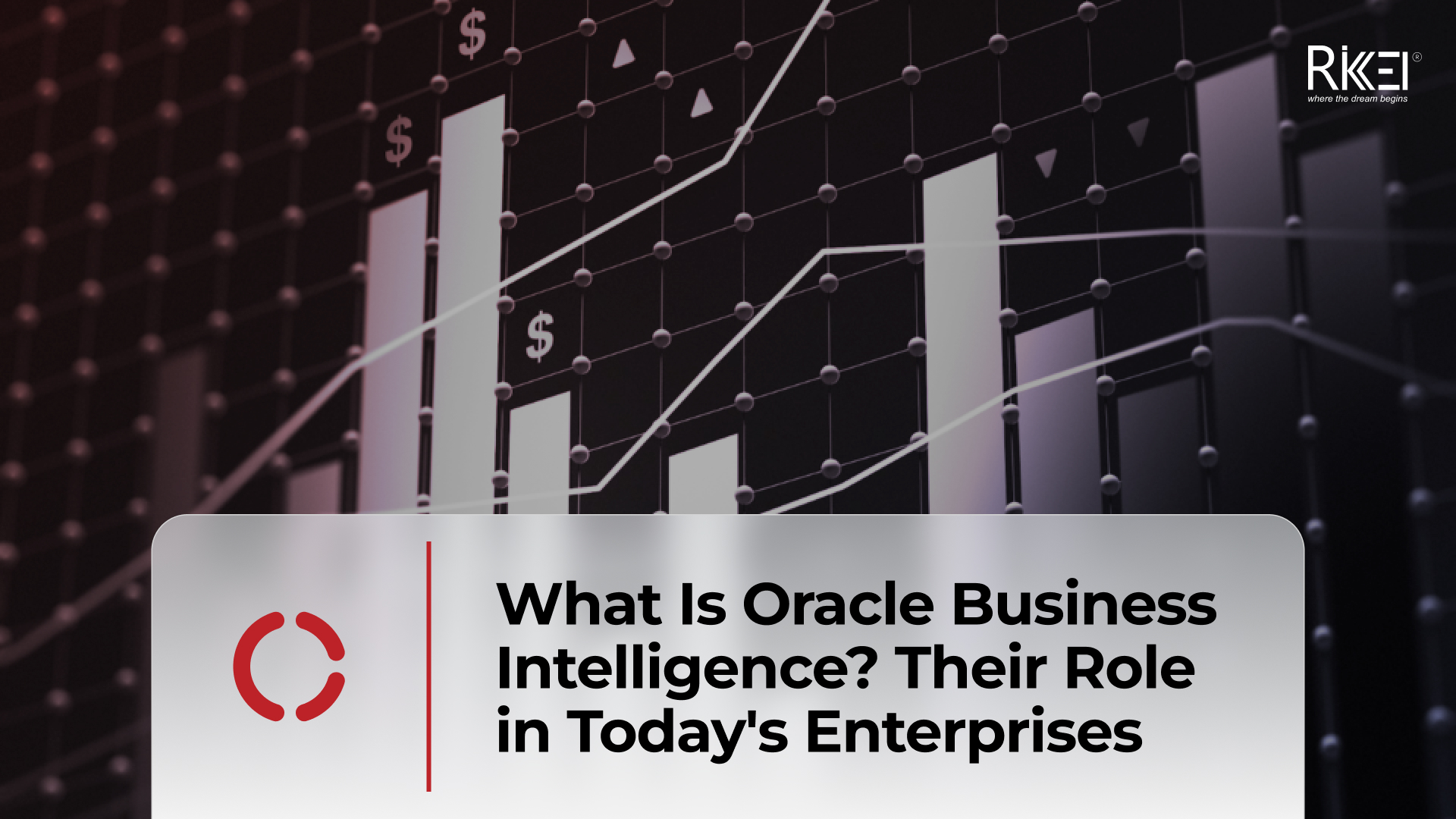Data-Driven Security: Transforming Protection Through Analytics
Contents
Cybersecurity was once an afterthought for most organizations. But in today’s digital landscape, it has become mission-critical. With this transformation has also come a shift in how security decisions are made.
Rather than relying solely on intuition and tradition, leading organizations are embracing data-driven strategies. By using metrics and insights around threats, vulnerabilities, and more, security teams are able to make smarter decisions backed by evidence.
This article explores data-driven security (DDS), including why and how your organization should leverage data analytics and intelligence to enhance protection.
What is Data-Driven Security?
This approach integrates data analytics into the fabric of cybersecurity by employing extensive datasets to identify patterns, predict potential breaches, and prescribe preventative measures.
It uses the vast quantities of data that organizations generate and turns this into actionable intelligence, transcending the reactive protocols of traditional security measures.
Data-driven security is revolutionizing the way companies protect digital assets. This arises from the need to adapt to an evolving threat landscape where risks are both dynamic and sophisticated. It’s how cybersecurity adapts to the era where the perimeter of corporate networks is increasingly diffuse and the value of data skyrockets.
The Importance of Data-Driven Security
The data-driven security revolution promises immense benefits, making this new approach essential for modern cyber protection.
Pinpointing High-Risk Vulnerabilities
A core challenge within cybersecurity is the discernment of truly critical threats from a sea of alerts—a task made daunting by the escalating number of vulnerabilities identified each year. Data-driven security approaches this issue by intelligently filtering signals to pinpoint areas of high risk.
Thanks to advanced analytics, DDS can prioritize vulnerabilities that could lead to severe breaches so teams can remedy these weaknesses promptly.
This prioritization is underpinned by root cause analysis. DDS leverages it to prevent the recurrence of attacks rather than the customary cycle of responding to symptoms as they arise. It equips teams with the foresight to reinforce the most vulnerable points in their digital infrastructure, reducing the bandwidth wasted on low-risk alerts and enabling a more focused application of security resources.
DDS’s emphasis on data also provides a bulwark against human biases in risk evaluation.
It leverages local intelligence and experience to craft a security approach that is distinctly tailored to the organization’s unique risk profile. This circumvents the trap of prioritizing threats based on industry trends instead of focusing on what the data reveals about the organization’s specific vulnerabilities and threat history.
Also, DDS helps overcome the common pitfall of communication breakdowns within an organization. The cybersecurity team can convert complex data into comprehensible insights and effectively articulate the importance of specific threats to senior management. As a result, the necessary resources can be allocated for timely threat mitigation.
Predictive Threat Mitigation
Predictive threat mitigation is a forward-thinking aspect of DDS that anticipates and neutralizes threats before they materialize.
Traditional security often finds itself on the back foot and reacts to incidents after the fact. DDS transforms this dynamic by deploying sophisticated modeling to forecast likely threat scenarios and proactively strengthen defenses where an attack is anticipated.
DDS uses data to understand and contextualize the organization’s unique cybersecurity narrative. It moves away from generic industry benchmarks to a more customized threat response.
This specificity allows for an agile allocation of resources, with a focus on the organization’s own data trends and past incidents, to construct a more robust security strategy that’s both preventive and responsive.
With an emphasis on predictive analytics, DDS ensures cybersecurity teams are not disproportionately influenced by external narratives that might not align with the actual threat environment. This strategic foresight, guided by data, empowers organizations to prepare for and mitigate risks that are truly pertinent to their operational context.
Adaptive Security Posture
In the evolving landscape of cyber threats, an adaptive security posture stands as a beacon for modern cybersecurity operations. DDS facilitates this with real-time data analysis and security protocols that evolve alongside emerging threats. This continuous adaptation circumvents the inertia of traditional security methods, which can become obsolete as new risks emerge.
The agility afforded by DDS is crucial for organizations where cybersecurity decisions can be overshadowed by other business priorities.
By consistently feeding real-time data into the security mechanisms, DDS ensures that the security stance remains robust, relevant, and informed by the latest intelligence. It propels organizations towards a state of cybersecurity dynamism, where preparedness and resilience are built into the very fabric of the security approach.
Optimized Resource Allocation
Efficient allocation is a cornerstone of computing, as resources need to be as effective and economical as possible.
DDS provides a data-backed approach to understanding which cybersecurity projects should take precedence. This focused direction prevents the dilution of efforts across too many fronts and ensures that key vulnerabilities are addressed with the urgency they demand.
By tailoring resource distribution to the areas of greatest need, DDS addresses the challenge of limited security resources head-on.
It facilitates an environment where compliance is a result of enhanced security practices, not the driver—realignment away from compliance for compliance’s sake towards a regime where regulatory adherence is a byproduct of rigorous data-centric security measures.
How to Build a Data-Driven Security Posture
Evolving into a data-savvy security organization is important but complex. These steps outline how companies can smoothly transition to analytics-based decision-making.
Collecting Data
The foundation of a data-driven security posture is the collection of comprehensive, high-quality data. All the subsequent analytics and decision-making processes are only as reliable as the information gathered.
Organizations typically deploy a range of tools, such as intrusion detection systems, firewalls, and log management solutions, to capture data about network traffic, access logs, and system events. The goal is to create a repository of data that is both deep and wide, offering a holistic view of the organization’s digital footprint and potential vulnerabilities.
The role of IT teams during this phase is to identify which data sources are most relevant to their security needs and to ensure these sources are tapped effectively.
Data collection should be both systematic and selective. It should involve not only setting up the infrastructure to gather information but also determining what information is pertinent to the organization’s security objectives.
Best practices for the data collection phase include:
- Ensure Data Completeness: Aim for a comprehensive data collection strategy that includes logs from all critical systems.
- Maintain Data Integrity: Implement measures to protect the integrity of your data from the point of collection to ensure it remains unaltered and trustworthy.
- Establish Data Consistency: Standardize data formats across different sources to simplify integration and analysis.
- Secure Data Storage: Safeguard your collected data with encryption and robust access controls to prevent tampering or unauthorized access.
- Prioritize Real-Time Data: Whenever possible, prioritize the collection of real-time data to enable timely responses to emerging threats.
Analyzing Data
Once data is amassed, the next step is to distill it into actionable insights, typically with data-driven security analysis visualization and dashboards. This analysis aims to identify patterns that signify potential security threats or vulnerabilities.
Teams typically use a combination of rule-based algorithms and machine learning models to sift through the data. The role of security analysts in this stage is to oversee the analysis process, validate findings, and interpret the results to distinguish between false positives and genuine threats.
Smart, AI-powered analysis tools can generate easy-to-understand, helpful insights from data. Image: Freepik
The analysis should be both thorough and agile, with the ability to adapt as new data and threat intelligence become available. It should also be aligned with the business context to ensure that the insights are relevant to the organization’s specific risk profile and operational needs.
Best practices in the analysis stage involve:
- Utilize Advanced Analytics: Employ sophisticated analytical tools that can handle the volume and complexity of big data.
- Enhance with AI and Machine Learning: Leverage artificial intelligence to uncover hidden patterns and automate the threat detection process.
- Incorporate Threat Intelligence: Integrate external threat intelligence for a broader perspective on potential security risks.
- Conduct Regular Audits: Regularly audit your analysis process to refine its accuracy and effectiveness.
- Foster Analyst Collaboration: Encourage your analysts to work in teams, combining different areas of expertise to improve the analysis quality.
Implementing Solutions
The insights gleaned from data analysis must be translated into protective measures to fortify the organization’s security. This step involves both strategic planning and tactical execution. Solutions may range from simple patch management to complex system overhauls.
IT and security teams play a critical role in this phase. They determine the most effective solutions to implement, plan the deployment, and ensure that the solutions integrate seamlessly with existing systems.
Implementing solutions should be done with an eye toward both immediate impact and future scalability. Organizations must also balance the urgency of fixing high-risk vulnerabilities with the need for sustainable, long-term security enhancements.
Best practices for solution implementation include:
- Prioritize Based on Impact: Focus on implementing solutions that address the most critical vulnerabilities first.
- Integrate Security Practices: Ensure that security measures are integrated into the broader IT management practices.
- Automate for Efficiency: Use automation to streamline the implementation of security solutions where appropriate.
- Test Before Full Deployment: Conduct thorough testing of security solutions in a controlled environment before full-scale deployment.
- Document Changes: Keep detailed records of all changes made for future reference and compliance purposes.
Monitoring and Adapting
This involves continuous oversight of network activity, regular system health checks, and the reassessment of threat levels. Security teams should be vigilant, proactively searching for signs of system weaknesses or breaches.
Monitoring should be a dynamic process, with the flexibility to adjust strategies as new threats emerge, and the organization’s IT environment evolves. Security postures should not be static. They must evolve with the threat landscape and the organization’s own changing infrastructure.
Best practices for monitoring and adaptation include:
- Implement Continuous Monitoring: Set up systems that allow for 24/7 monitoring of your network and assets.
- Respond to Alerts Promptly: Establish protocols for rapid response to security alerts to mitigate threats quickly.
- Update and Patch Regularly: Keep all systems up to date with the latest security patches and updates.
- Review and Learn from Incidents: Analyze security incidents to learn from them and adjust your security posture accordingly.
- Stay Informed of Latest Trends: Keep abreast of the latest cybersecurity trends and threats to anticipate and prepare for future challenges.
Conclusion
The influx of data has fueled a revolution in cybersecurity, enabling more informed decision-making through evidence-based insights. Organizations can no longer afford to make choices based on assumptions or gut feelings alone – not when data can reveal vulnerabilities, quantify risks, justify investments, and give teams confidence they are making the right moves.While change can be difficult, resisting the data-focused shift only leaves companies behind the curve. Data-driven security promises enhanced visibility, reduced risk, and wiser strategies. Ride this wave to give your security posture the advantage that data provides.
More From Blog

April 4, 2024
Big Data Performance: Maximize Your Business Value
In today’s data-driven world, organizations are constantly generating and collecting immense amounts of data to understand their customers more deeply. This data, often referred to as “big data,” holds immense potential for organizations to seek opportunities and overcome challenges. But accessing and analyzing big data isn’t enough to have proper strategies; organizations must pay attention to […]

April 4, 2024
How Real-Time Data Analysis Empowers Your Business
In today’s fast-paced business landscape, the ability to quickly make data-driven decisions has become a key differentiator for success. Real-time data analysis, the process of analyzing data as soon as it’s generated, has emerged as a powerful tool to empower business across industries. By leveraging real-time data analysis, organizations can gain timely and actionable insights, […]

April 4, 2024
Differences Between Data Science and Computer Science
Data Science and Computer Science are distinct fields overlapping in certain areas but have different focuses and objectives. The article below will help you clearly understand the differences and the close connection between the two fields. What is Data Science? Data Science is an interdisciplinary field that combines scientific methods, processes, algorithms, and systems to […]

March 28, 2024
Introduction to Data Visualization and Key Considerations for Businesses
In your opinion, what is data visualization? Your main goal is to communicate your recommendations engagingly and effectively, right? To achieve this, let’s immediately explore a method that can represent information with images. What is Data Visualization? Define data visualization and their roles in organizations First, you need to find the answer to the question: […]

March 21, 2024
How to Build an Effective Big Data Analytics Tool for Your Business
Building an analytics tool for a business brings several significant benefits, especially in today’s business environment where data is becoming larger and more complex. So how to build an effective analysis tool for businesses, follow the article below! Assessing Business Needs Assessing business needs involves understanding the requirements, goals, and challenges of a business or […]

March 14, 2024
What Is Oracle Business Intelligence? Their Role in Today’s Enterprises
Oracle Business Intelligence (BI) refers to a suite of tools, technologies, and applications designed to help organizations collect, analyze and present business data. The primary goal of Oracle BI is to provide actionable insights to support decision-making within an organization. Oracle BI encompasses a range of products that enable users to gather, process and visualize […]

